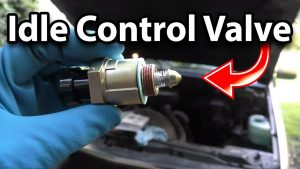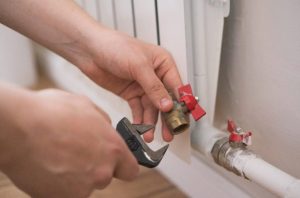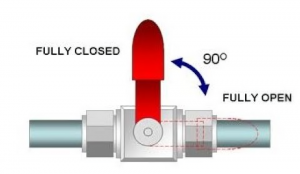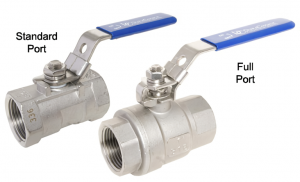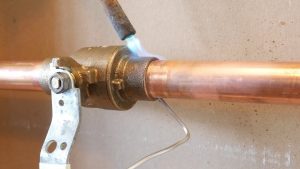What is a Floating Ball Valve?
Floating ball valves are the most common type of ball valve used in the piping industry. They are quarter-turn valves that feature a disk in the shape of a ball. The ball is perforated and hollow allowing the medium to pass through it when the valve is open.
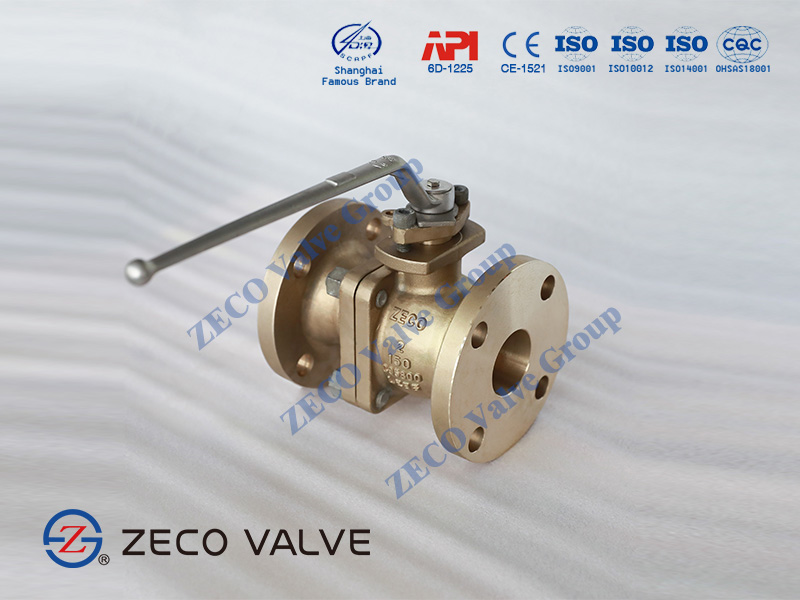
Main features of Floating Ball Valve
It is a sphere without support shaft. The sphere is clamped by two seats, which is in a “floating” state. It is mainly used to cut off, distribute and change the direction of medium flow in pipeline. The main features of floating ball valve are seat sealing design, reliable reverse sealing valve stem, fire and static function, automatic pressure relief and locking device.
Floating ball valve price is reasonable. It is suitable for: chemical industry, petroleum, natural gas, metallurgy, and other industries and medium containing hydrogen sulfide, with many impurities and serious corrosion of natural gas pipelines.
The main structural features of floating ball valves are as follows:
- The valve is provided with opening and closing position indication.
- Locking device;
- Stem anti-flight structure;
- Antistatic devices;
- Fire protection structure;
- Unique Seat Sealing Structure;
- The middle flange (the connecting part between the valve body and the left body) has no leakage structure.
According to the requirements of different floating ball valves, different ball valve floating types produced by floating ball valve manufacturers are divided into the following types based on case materials: Common Carbon Steel Series (WCB&A105); Stainless Steel Series (304,316); Low Temperature Steel Series (LCB, LCC); Sulfur Resistance Series, etc.
Floating ball valve is suitable for general industrial use.
Working principle of Floating Ball Valve
Floating ball valves always float on the water, and when the water rises, the float also rises. Floating ball valve rises to drive the connecting rod to rise. The connecting rod is connected with the valve at the other end. When it rises to a certain position, the connecting rod supports the rubber piston pad and closes the water source. When the water level drops, the floating ball valve also drops, and the connecting rod drives the piston pad to open.
Among various floating ball valve suppliers, ZECO Valve is the best choice for you.
For more information on floating ball valve products, please visit our website at http://www.zecovalve.com/.






